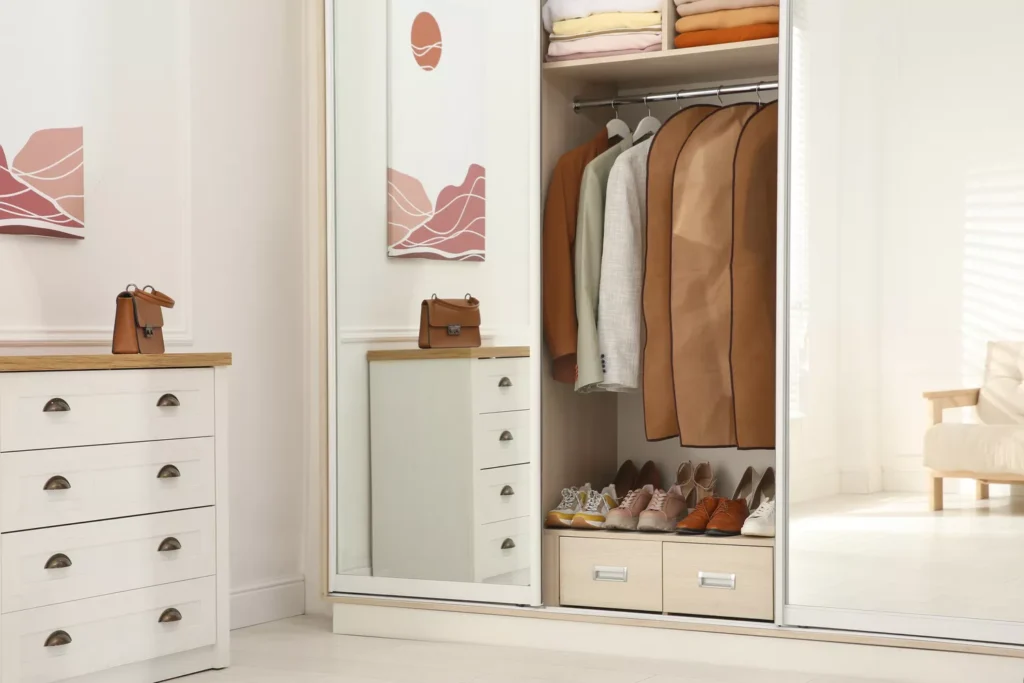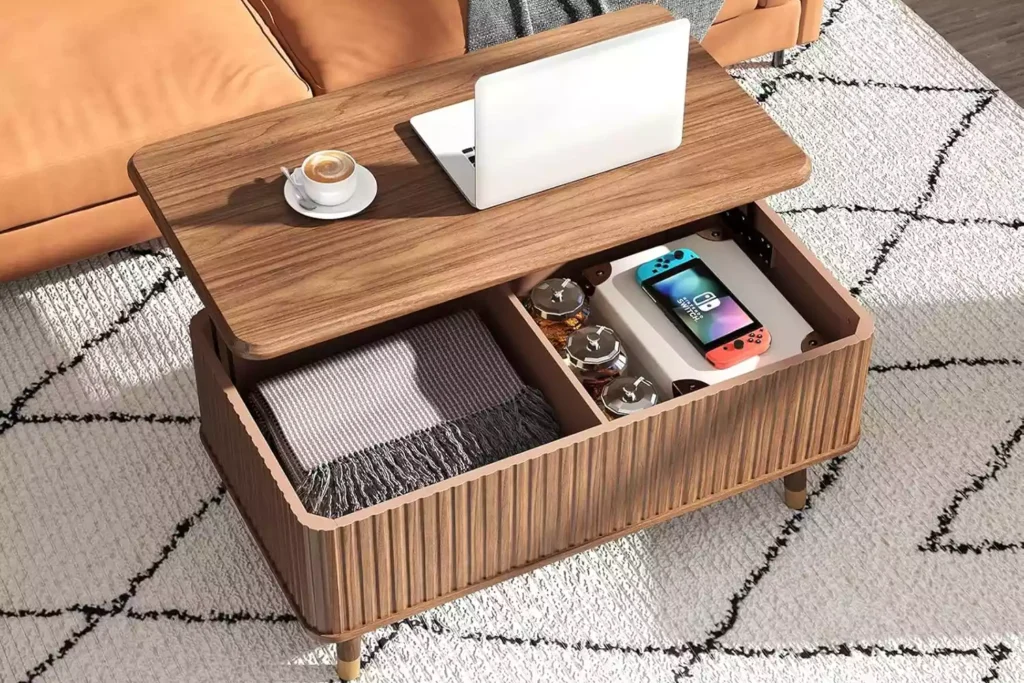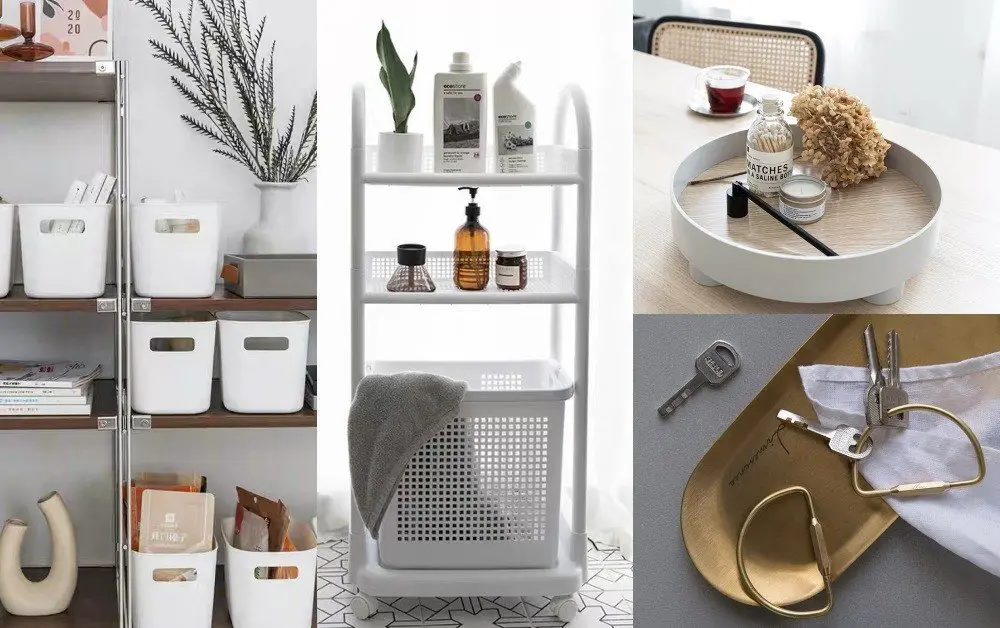Bedroom closets are often the largest storage areas in a home, but they can quickly become cluttered. To maintain a tidy and functional space, professional organizers suggest decluttering your bedroom closet by removing certain items. Here’s how you can achieve a more organized bedroom closet.
1. **Shoes**: Ideally, shoes should be stored near the doorway to avoid tracking dirt and to minimize odors in the bedroom. If space is limited, reserve bedroom closet space for special occasion or out-of-season shoes, while keeping heavy-duty shoes and frequently worn ones near the entry.
2. **Handbags**: Handbags are best kept where they are used, which is typically near the front door. This makes them easily accessible as ‘grab-and-go’ items. If your collection is extensive, consider storing daily-use bags at the entryway and less frequently used ones in the bedroom closet.
3. **Outerwear and Accessories**: Coats, jackets, mittens, hats, and scarves are not typically worn inside the house, so store them in entryway areas, mudrooms, or coat closets to free up space in the bedroom closet.
4. **Food**: Storing food in the bedroom closet is not advisable as it can attract pests. Keep food items in the kitchen or pantry to maintain a clean and organized bedroom closet.
Jamie Hord, founder of Horderly, notes that in cases of limited storage, multi-use closets can be effectively organized by focusing on how items are stored rather than the categories they belong to. ‘We find that it doesn’t matter so much what categories you are storing together but how you are storing each category,’ Hord says.
Jill Czarnik, founder of The Tribalist, adds that items like frequently used handbags, umbrellas, and coats should be ‘grab-and-go’ at the front door to avoid clutter in the bedroom closet.
By following these expert tips, you can transform your bedroom closet into a well-organized space that serves its purpose without becoming a dumping ground for unrelated items.
Many pests, including mice and insects, love nesting in or eating clothing, especially natural fibers like cashmere. Keep food far from your bedroom closet. If you must keep food in the closet, choose canned goods or use airtight plastic containers.
Liquid beauty products like shampoos, lotions, and perfumes can spill or break and damage clothing in the bedroom closet. Store these toiletries in the bathroom instead. If you must store backstock bathroom products in the closet, use proper containment like leakproof bins. Hampers near the closet make sense, but be cautious if you don’t empty them regularly. Consider a hamper with a lid, wash laundry more often, or move the hamper to an open space or laundry room to avoid funky smells. If short on closet space, the bedroom closet may become home to various items. Create ‘zones’ to keep random items separate from clean clothes. Clothes you don’t wear take up closet space and can cause stress. Purge items you may never wear or that don’t fit anymore.This is a classic case of when subtracting becomes addition to our lives. It’s essential to avoid common closet organizing mistakes to make the most of your space. Here are five mistakes you might be making, according to the pros:
1. Overpacking your closet – This leads to a disorganized mess and makes it difficult to find items. 2. Ignoring the importance of proper storage solutions – Some storage solutions may look good but actually create more clutter. 3. Failing to categorize items – A杂乱的分类 can make it harder to locate what you need. 4. Neglecting seasonal items – Not properly storing seasonal items can lead to a cluttered space. 5. Not utilizing vertical space – Failing to use the full height of your closet can result in wasted space. Luckily, there are storage solutions that not only look good but also help in maintaining a clutter-free environment. Here are five solutions that can be both aesthetically pleasing and functional: 1. Use clear storage bins for easy visibility and organization. 2. Install adjustable shelves to accommodate items of different sizes. 3. Utilize hooks and hangers for hanging items, maximizing space. 4. Opt for modular storage systems that can be customized to fit your needs. 5. Implement a rotating system for seasonal items to keep your closet organized year-round. Was this page helpful? Thanks for your feedback! Tell us why! Other Submit

